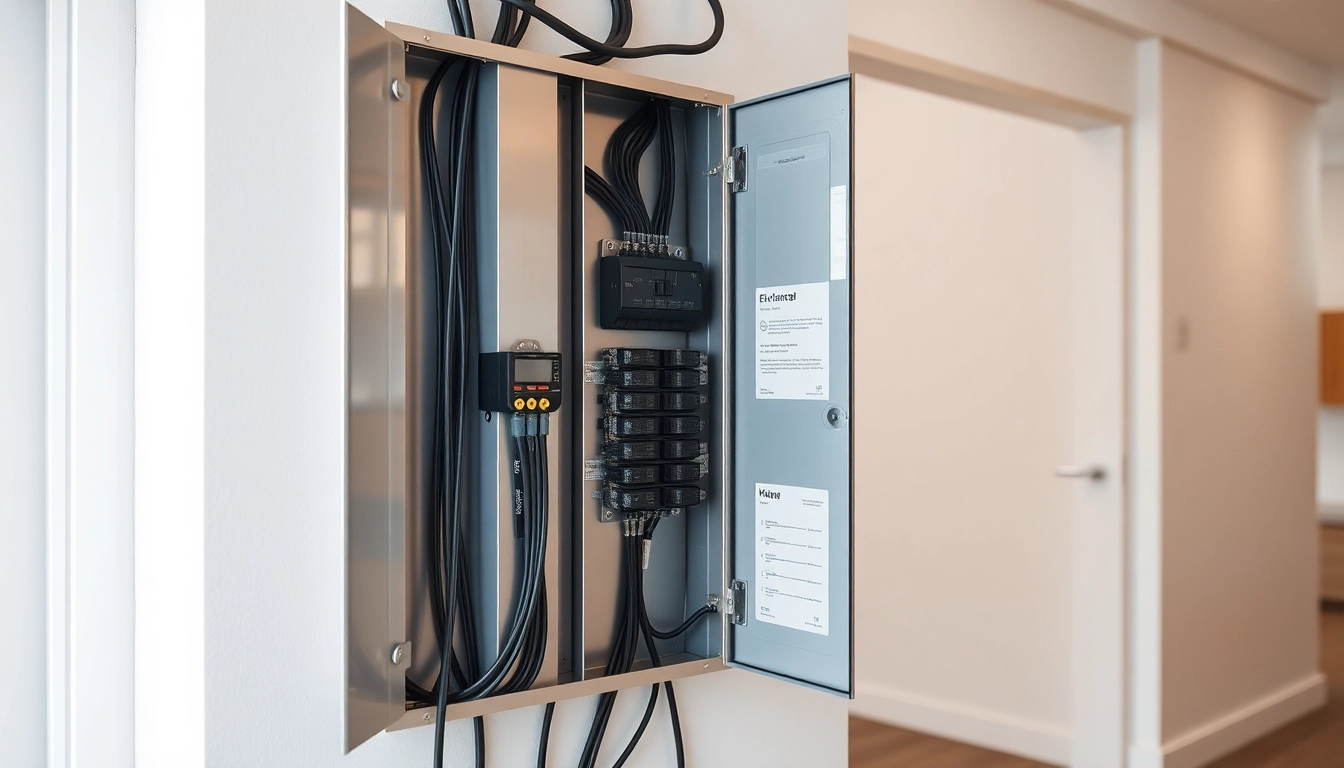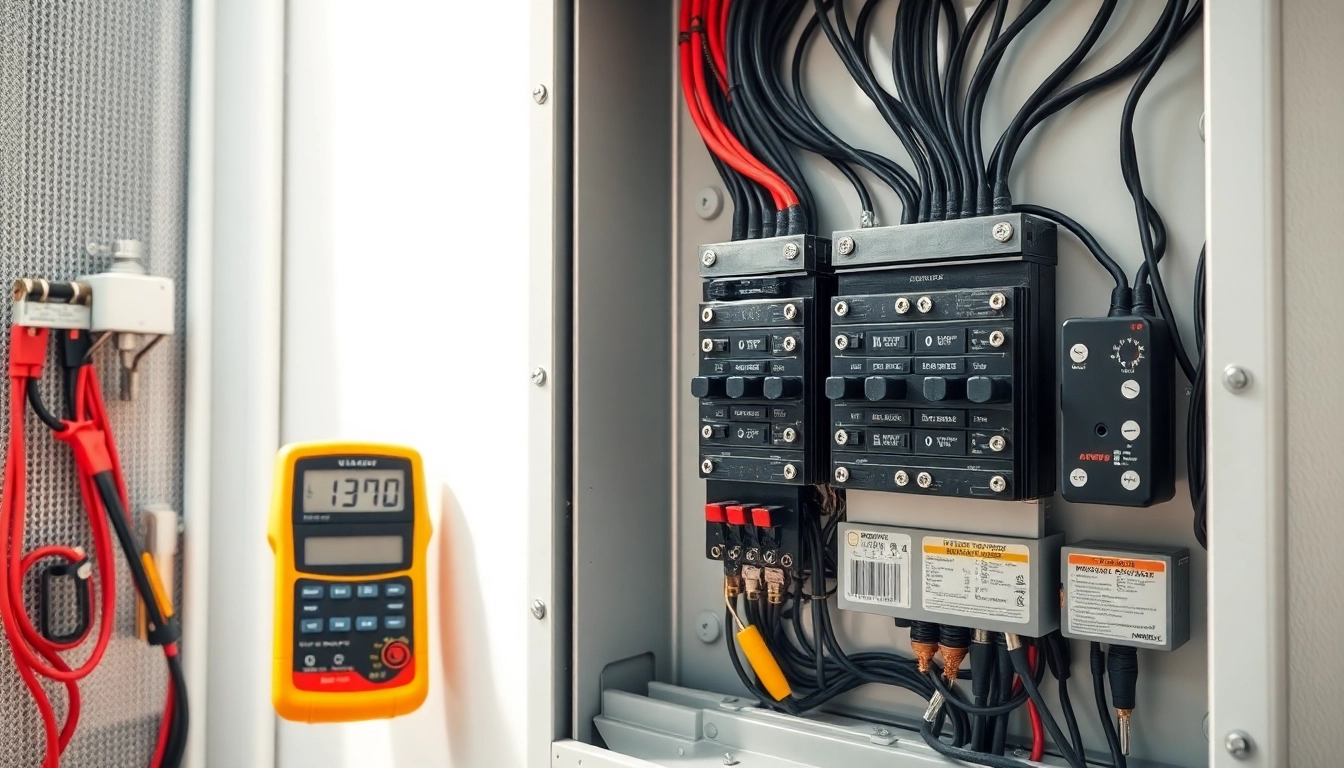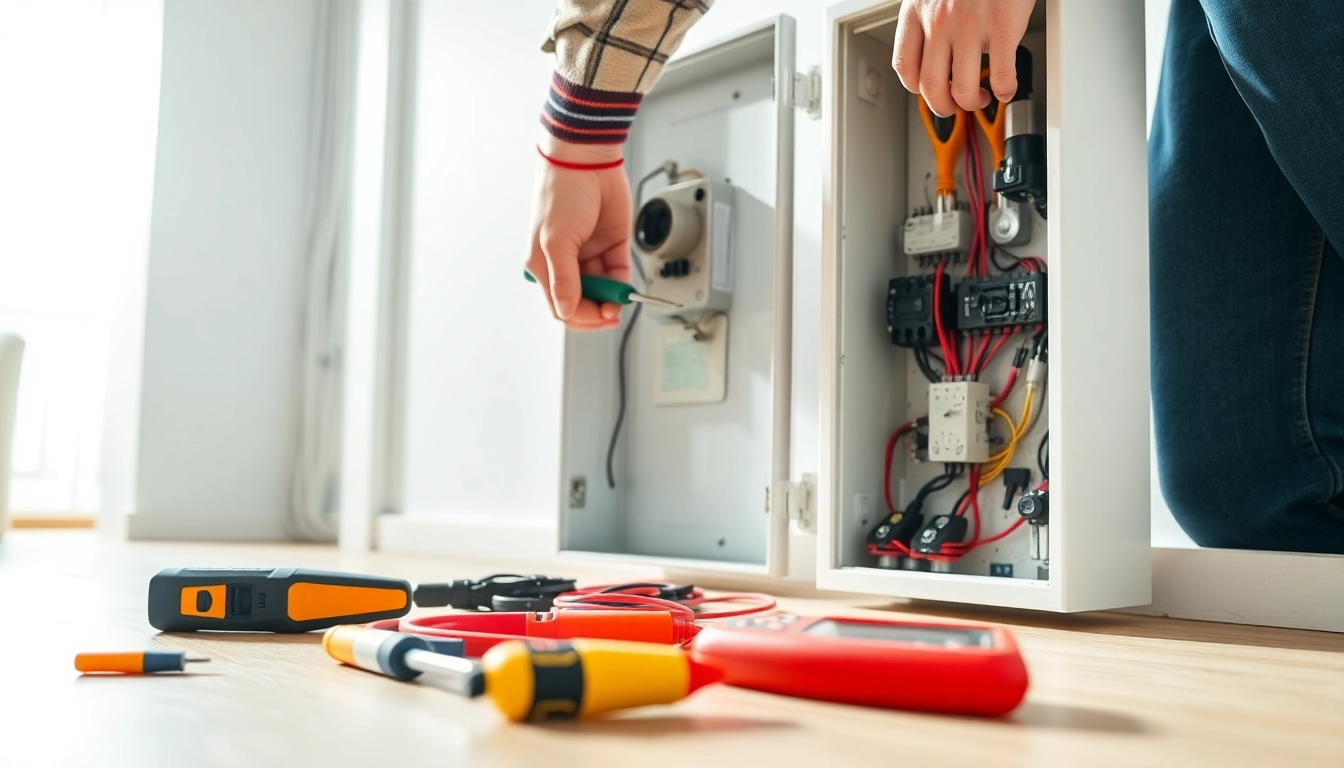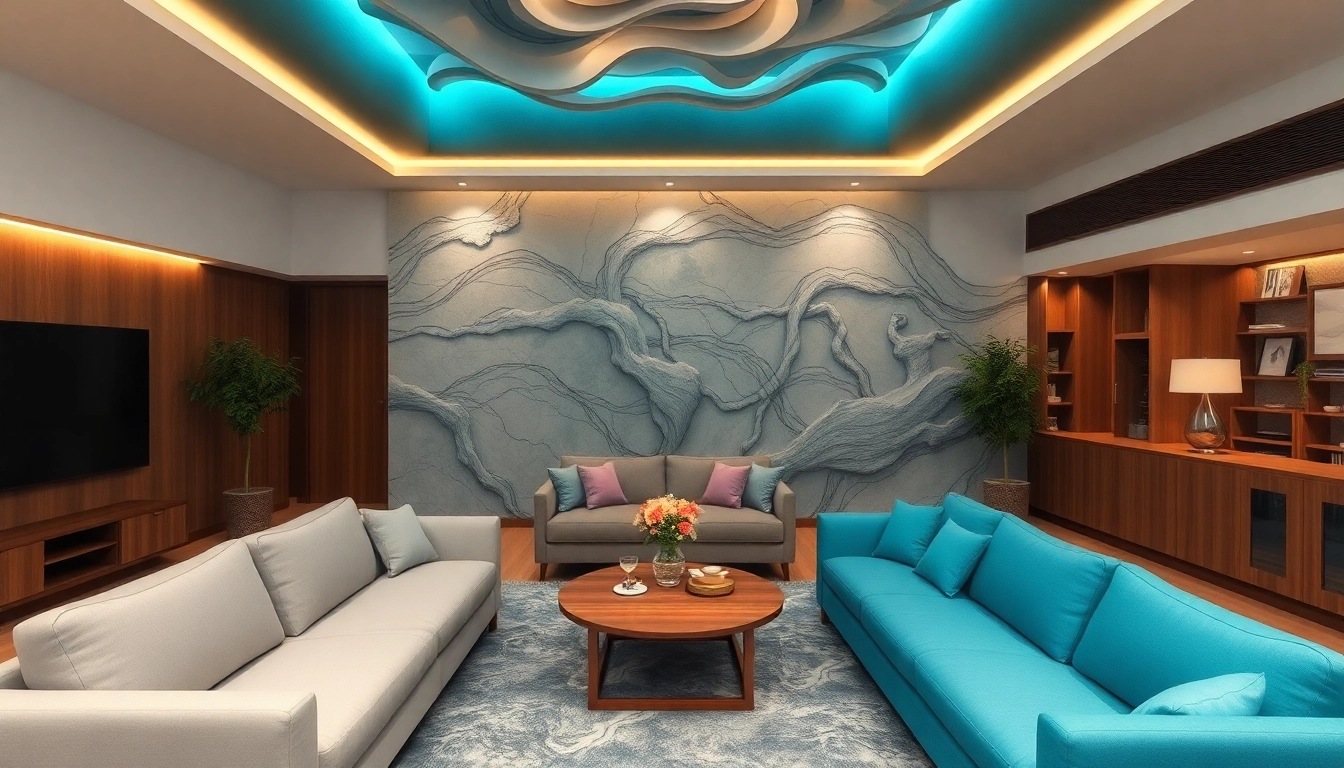Understanding Water Vapor Fireplaces
In recent years, the water vapor fireplace has emerged as a revolutionary alternative to traditional wood-burning and gas fireplaces. These innovative fixtures create the illusion of flames by utilizing advanced technology to produce water vapor. This allows homeowners to enjoy the ambiance of a fireplace without the drawbacks associated with real flames, such as smoke, soot, and the risk of fire hazards. In this article, we’ll delve into the functioning, benefits, and considerations surrounding water vapor fireplaces, along with expert recommendations for installation and maintenance.
What is a Water Vapor Fireplace?
A water vapor fireplace, often referred to as an electric vapor fireplace, is an electric heating unit that utilizes ultrasonic technology to generate a beautiful 3D flame effect. Unlike traditional fireplaces that burn wood or gas to produce heat and light, water vapor fireplaces create a visually stunning display using just water. This technology involves turning water into vapor and illuminating it with LED lights to simulate realistic flames without generating actual heat.
Technology Behind the Illusion of Flames
The magic behind water vapor fireplaces lies in ultrasonic technology. When the unit is activated, high-frequency vibrations are created by an ultrasonic transducer, agitating the water within a reservoir. This agitation forms tiny water droplets that are released into the air as vapor. When combined with LED lights, this vapor is illuminated, resulting in a flame-like appearance that is both mesmerizing and safe.
This advanced technology not only creates a stunning visual display but also ensures that the flames are cool to the touch, making these fireplaces a safe option for homes with children and pets. Moreover, since no combustion occurs, there are no harmful emissions, leading to a cleaner and healthier environment.
Safety Features and Benefits
Water vapor fireplaces come equipped with several safety features that enhance their appeal:
- No Real Flames: Without actual flames, the risk of fire hazards is dramatically reduced, making them perfect for any home.
- Cool to the Touch: The exterior of water vapor fireplaces remains safe to the touch, ensuring they can be placed in family-friendly settings.
- Environmentally Friendly: These units do not produce harmful emissions, contributing positively to indoor air quality.
- Water Reservoir Sensors: Most models include sensors that automatically shut off the fireplace if the water level gets too low.
Overall, water vapor fireplaces provide an aesthetically pleasing addition to any room while maintaining a high standard of safety and environmental consciousness.
Advantages of Choosing Water Vapor Fireplaces
In a world increasingly focused on sustainability and safety, water vapor fireplaces stand out as an excellent choice for homeowners looking to enhance their living spaces.
Energy Efficiency and Savings
One of the major benefits of water vapor fireplaces is their energy efficiency. While traditional fireplaces often require significant energy input for heating, water vapor fireplaces use electricity efficiently to produce stunning visual effects without having to generate substantial heat. Many models are designed to operate with minimal energy consumption, which can lead to lower utility bills. Furthermore, since these fireplaces primarily serve decorative purposes, they can be used year-round without the heating costs associated with traditional models.
Transformative Aesthetics for Any Space
Water vapor fireplaces are not just functional—they’re also highly aesthetic. They can serve as a stylish centerpiece in modern decor, complementing various design themes from minimalist to industrial. The flexibility in installation options, including wall-mounted, standalone, or built-in units, allows homeowners to choose the perfect design for their space. Furthermore, the customizable flame colors and intensity settings available in many models offer even more opportunities to tailor the ambiance to suit personal tastes and occasions.
Environmental Benefits of Water Vapor Fireplaces
Opting for a water vapor fireplace reflects a commitment to environmental responsibility. These fireplaces do not produce smoke or carbon emissions, helping to improve indoor air quality. Additionally, as they do not rely on fossil fuels, they are a more sustainable option compared to traditional heating methods. The use of water not only eliminates the need for combustible materials but also contributes humidity to the air, potentially benefiting those in dry climates.
Comparing Water Vapor Fireplaces to Traditional Options
When considering new fireplace options, it’s important to understand how water vapor fireplaces compare with traditional fireplaces on several fronts, including heat output, maintenance, and costs.
Heat Output: What to Expect
Water vapor fireplaces are designed primarily for visual appeal rather than as a reliable heat source. Unlike traditional fireplaces, which provide significant warmth, water vapor models offer negligible heat output, making them more suitable for decorative purposes and ambiance rather than heating an entire room. For those seeking both visuals and warmth, considering integrated heating solutions or supplemental electric heaters may be necessary.
Maintenance Requirements
Maintaining a water vapor fireplace is generally less demanding than caring for traditional wood-burning models. Traditional fireplaces require regular cleaning of ash and soot, along with periodic chimney inspections to prevent dangerous buildups. In contrast, water vapor fireplaces primarily need the water tank to be refilled and occasional cleaning of the ultrasonic components to prevent scaling. Most users find that cleaning is required every few weeks, making upkeep simple and effective.
Cost Considerations
The initial cost investment for water vapor fireplaces can range widely based on size and features, typically between $1,500 and $5,000. While this may seem steep compared to some traditional models, the long-term savings can be significant when considering energy efficiency and the lack of ongoing fuel costs. Additionally, installation costs may be lower, especially if the fireplace does not require venting, as traditional fireplaces commonly do.
Installation and Setup of Water Vapor Fireplaces
Proper installation of a water vapor fireplace is crucial for achieving optimal performance and aesthetic value. Here’s a detailed look at how to effectively install and set up your unit.
Choosing the Right Location
Before installation, consider where you want to place your water vapor fireplace. Ideally, it should be in a central location within the room for maximum visual impact. Assess the available wall space, electrical outlets, and proximity to water sources if your fireplace model requires continuous water supply. Keeping ventilation in mind, even though water vapor units do not require venting, will ensure an unobstructed aesthetic flow in your chosen space.
Step-by-Step Installation Guide
- Prepare the Site: Clear the area where you plan to install the fireplace and ensure that it is clean, level, and free from any obstructions.
- Mounting: For wall-mounted models, securely attach brackets to the wall according to the manufacturer’s instructions. For freestanding models, ensure they are placed on a flat, stable surface.
- Connect to Power Supply: Follow electrical guidelines to safely connect your fireplace to a power source. Depending on the model, this may involve plugging into an outlet or hardwiring.
- Add Water: Fill the reservoir with clean, distilled water, avoiding any tap water that may lead to scaling or mineral buildup.
- Power On: Turn on the fireplace, test the flame effects, adjust the settings, and ensure everything is functioning smoothly.
Connecting to Water Supply Systems
For units that utilize a continuous water supply, it may be necessary to connect the fireplace to your existing plumbing. This should be done by a qualified plumbing professional to ensure a safe and leak-free installation. Many homeowners opt for gravity-fed systems for simplicity, while others may prefer pressurized systems to maintain a constant supply.
Making the Most of Your Water Vapor Fireplace
Once installed, maximizing the potential of your water vapor fireplace goes beyond just turning it on. Here are strategies to enhance your experience.
Designing a Cozy Atmosphere
Create a warm and inviting atmosphere to complement your fireplace. Incorporate comfortable seating, soft textiles, and natural materials to build a rustic or cozy ambiance. You can enhance the visual dynamics of your fireplace by strategically placing mirrors or reflective surfaces to amplify the mesmerizing flames visually.
Lighting and Decor Tips
Utilizing soft ambient lighting can elevate the effect of the water vapor fireplace and enhance your interior décor. Use adjustable dimmer lights or accent lighting to create various moods for different occasions. Additionally, seasonal décor—such as candles, flowers, and artwork—can be arranged around the fireplace to add personal touches that blend harmoniously with the simulated flames.
Ongoing Care and Maintenance
To keep your water vapor fireplace looking its best and functioning correctly, follow these ongoing maintenance tips:
- Regular Cleaning: Clean the water reservoir and ultrasonic components periodically to prevent buildup.
- Water Quality: Use distilled or purified water to avoid scaling issues that may impair the performance of the ultrasonic technology.
- Check Filters: If your model includes filters, inspect and replace them according to the manufacturer’s suggestions to ensure optimal performance.
- Monitor Performance: Keep an eye on the flame consistency and adjust settings or repairs as needed to maintain peak functionality.















Leave a Reply